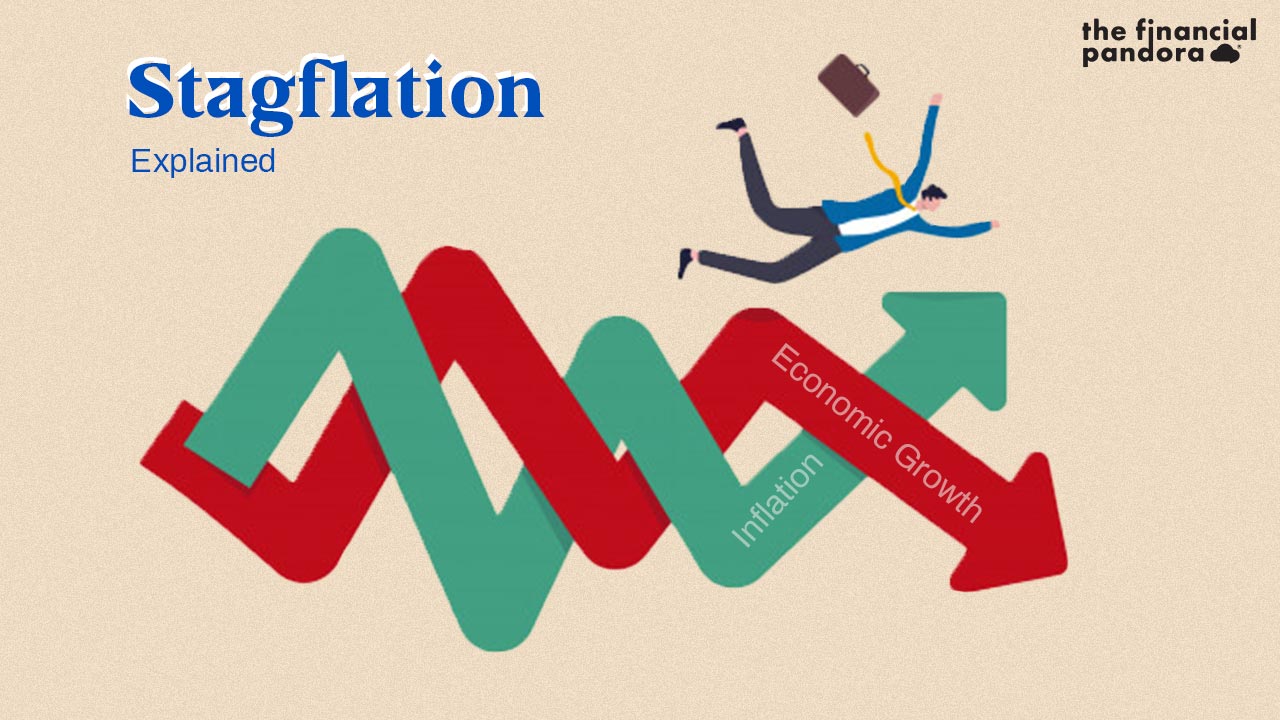Commercial Real Estate: A COVID-19 Outlook
In May of 2019, India commercial real estate was looking primed for breakthrough with the Make in India, Real Estate Regulatory Authority, and increase of foreign direct investments. At the time, nobody forecasted of an unheard-of sickness — COVID-19 — that would disrupt and inflict pain on the global citizenry and business enterprises of all sizes. Throughout the pandemic, central banks across the world have attempted to stop the recessionary (low demand, low incomes: the economic vicious cycle) pressures caused by COVID-19 by introducing various fiscal policies (policies aimed at increasing the demand in the country).
India is known for the 3rd largest ecosystem for startups; many of which, need commercial space to operate. With many investors keeping their funds close to their vest, Indian startups are going to face a tough recovery for the foreseeable future as the outlook of co-working industry seems also bleak (social distancing rules and fear among consumers, remember?) . Furthermore, the small to mid-size firms that depend on leased commercial real estate may end up defaulting on contracts or loans due to higher overhead costs (costs to maintain the day-to-day business activities). Slowed business will trickle impact to other various markets that serve those affected, like the commercial realty industry.
Immediate Development Concerns
When the initial lockdown was announced, the Federation of Indian Chambers of Commerce Industry expressed the post-virus era could delay property development for 3-12 months. The fear of small to mid-size real estate companies having difficulty in managing their debt-load (amount of debt on these cos.) and cash-flows, did not help an industry looking to curb slowdown. Although the Reserve Bank of India (RBI) was in the early stages of introducing economic incentives, it does not change consumer sentiment. Furthermore, while in the midst of the lockdown, companies started realizing that restarting their projects could be difficult. Companies would need to recall their workers, mostly who traveled back to their hometowns in rural areas which could potentially add greater delays in restarting projects when presented the opportunity to resume. Even then, worker safety will be championed to the forefront of concerns for the company – assuring guidelines are in place to reduce the chance of spread and increasing operational costs.
Commercial Real Estate: Early stages of Recovery
With startups understanding the foreseeable future holding moderate levels of investment, the commercial real estate must find alternative avenues to thrive. The current China-U.S. fight can play into India’s favor as well. A recently published article indicates that government officials have reached out to roughly 1,000 U.S. manufacturers, who are based in China, about incentivizing relocation to India. The potential for foreign direct investment and current geo-political positions could greatly reduce the impact on an industry that endured an 8- week nationwide lockdown. Going forward, it can be expected the realty industry will increase precautionary measures towards wellness of the clients with options such as virtual reality and 3D walkthroughs. The current initiatives that have been introduced on aid packages and loan moratoriums will further boost industry recovery.
Liked the Article you just read? Show us your support by clicking that like button and sharing it with your friends using #tfpforall. Also don’t forget to leave your thoughts about the article in the comment section below.
You can become a part of our mailing list by clicking here




